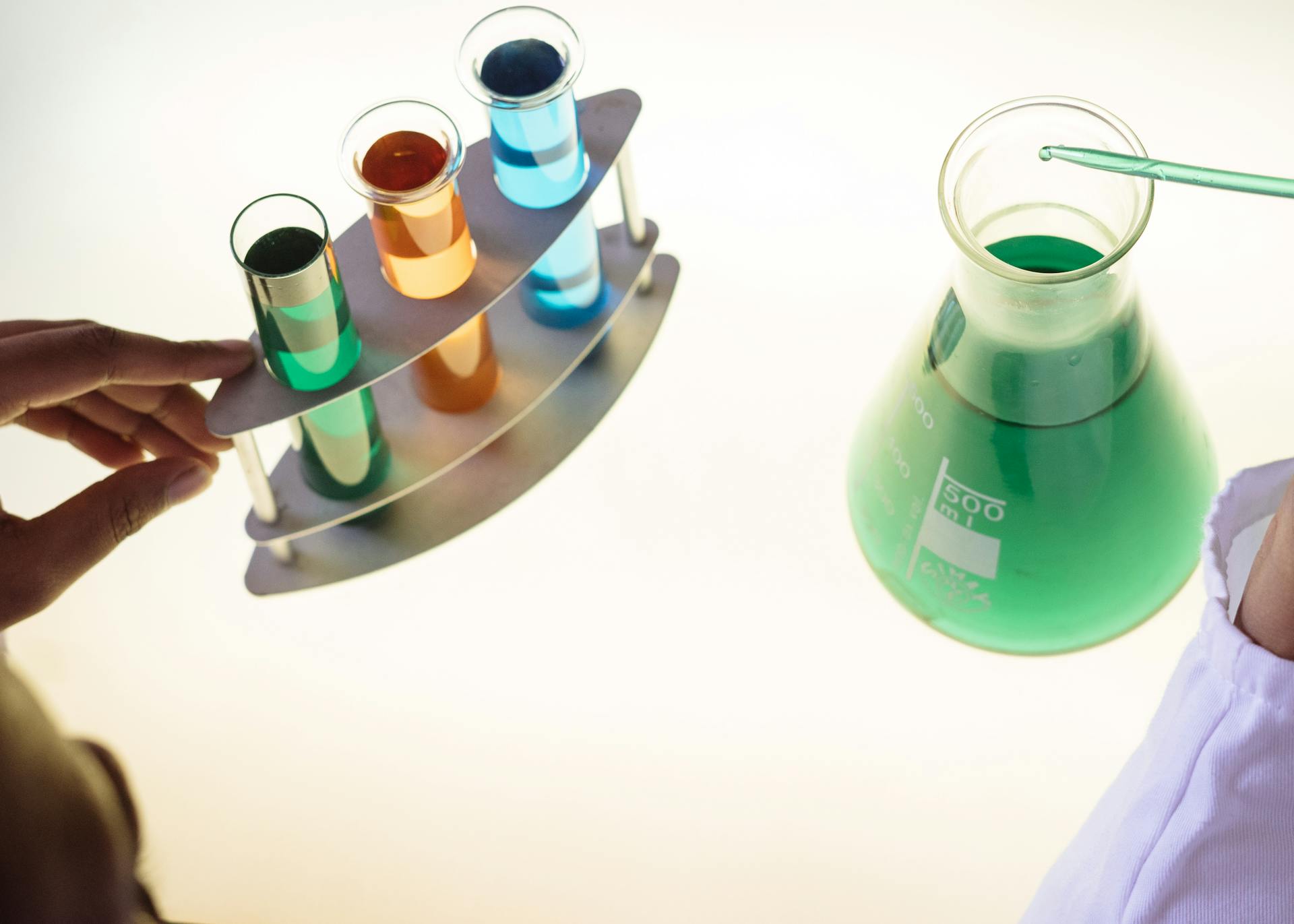Revolutionizing Pharma: The Impact of Digital Twinning on Manufacturing and Workforce Dynamics
The pharmaceutical industry stands on the cusp of a digital revolution, characterized by the advent and rapid integration of digital twinning technology in manufacturing processes. Digital twins, virtual replicas of physical systems, allow for real-time monitoring, simulation, and optimization of manufacturing operations. This technological leap is not merely an incremental improvement but a fundamental shift that promises to redefine the industry’s operational paradigms, with profound implications for engineers and project managers.
Digital twinning represents a convergence of physical and digital worlds.
Digital twinning in pharmaceutical manufacturing represents a convergence of the physical and digital worlds. These virtual models are dynamic, evolving in real-time as their physical counterparts change. They provide a detailed insight into the manufacturing process, from raw material input to the final drug product, allowing for unprecedented levels of analysis and optimization. The rise of digital twins is driven by the industry’s push towards greater efficiency, reduced costs, and enhanced ability to respond to market demands and regulatory requirements.
What impact does digital twinning have on the pharmaceutical industry?
Digital twinning enhances process understanding and control.
Firstly, it enhances process understanding and control, critical in an industry where product quality and compliance with stringent regulatory standards are paramount. By simulating various process conditions, companies can predict outcomes, identify potential issues before they arise, and implement corrective measures without disrupting actual production. This proactive approach to problem-solving can lead to significant improvements in product quality and manufacturing efficiency
Digital twinning facilitates personalized medicine and batch-specific production.
Secondly, digital twinning facilitates personalized medicine and batch-specific production. The technology’s ability to simulate and optimize manufacturing processes for specific batches allows for more flexible and adaptive production lines. This flexibility is essential in an era where personalized medicine is becoming the norm, requiring the ability to produce smaller, more customized batches of therapeutic drugs.
Digital twinning enables more sustainable manufacturing practices.
Moreover, the environmental impact cannot be overstated. Digital twins enable more sustainable manufacturing practices by optimizing energy use, reducing waste, and minimizing the carbon footprint of production processes. In an industry often criticized for its environmental impact, this represents a significant step forward.
What does this mean for engineers and project managers?
The rise of digital twinning technology also ushers in new demands on engineers and project managers in the pharmaceutical sector.
Engineers need to have more flexible skillsets.
Engineers must now possess a blend of traditional engineering skills and advanced digital competencies. Proficiency in data analytics, machine learning, and simulation software becomes as crucial as understanding chemical and biological processes. The ability to integrate and apply these digital tools in a manufacturing context is essential for developing and managing digital twins effectively.
Project managers need to navigate an intricate physical-virtual landscape.
For project managers, the challenge lies in overseeing increasingly complex projects that span both physical and virtual domains. They must navigate the intricacies of digital twin technology, ensuring seamless integration with existing systems and processes. Project managers must also foster multidisciplinary collaboration, bridging the gap between engineers, IT specialists, and operational staff to ensure the successful implementation and utilization of digital twins.
Digital twinning demands a paradigm shift in the approach to manufacturing.
In conclusion, the rise of digital twinning in pharmaceutical manufacturing heralds a new era of efficiency, quality, and sustainability. It demands a paradigm shift in how the industry approaches manufacturing processes, with significant implications for the skill sets required of its workforce. Engineers and project managers must adapt and evolve, embracing the digital skills necessary to navigate this new landscape. As the industry continues to embrace digital twinning, the potential for innovation and improvement in pharmaceutical manufacturing is boundless, promising a future where drugs are produced more efficiently, sustainably, and tailored to the needs of individual patients.







